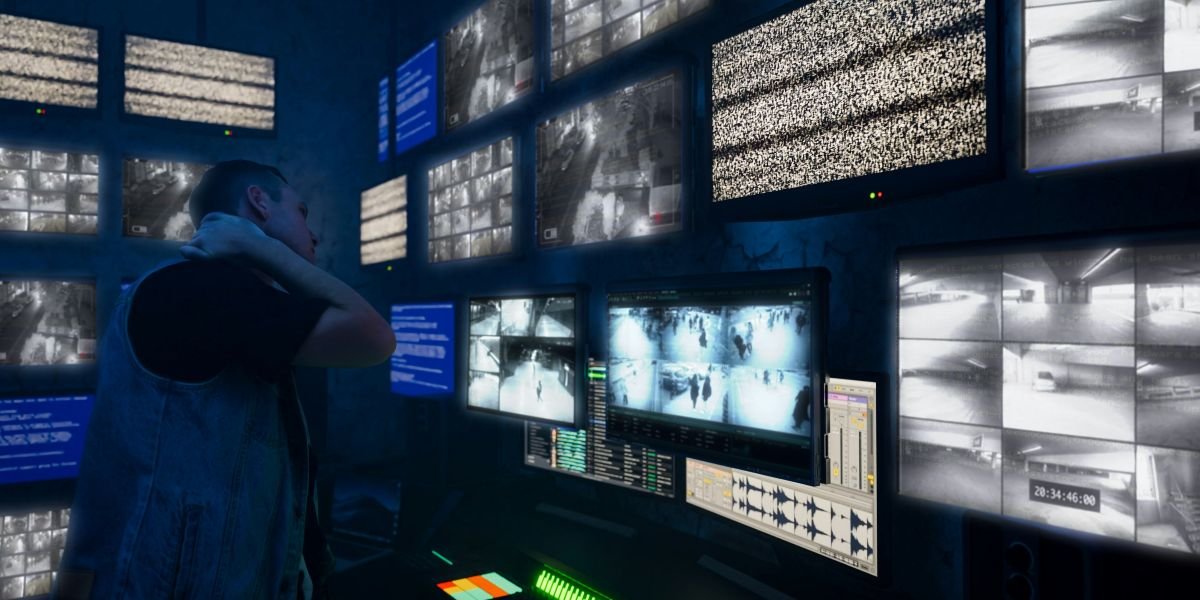Hearing aids have gone far beyond their traditional role of sound amplification. Today’s models seamlessly integrate with lifestyles, offering a blend of smart technology, health monitoring, and personalized experiences. As explained by Boro “Bob” Skoric, these devices now cater to broader wellness and connectivity needs, transforming how individuals interact with their surroundings.
From Bluetooth connectivity and AI-driven sound processing to advanced safety features and eco-friendly power solutions, modern hearing aids are designed to support a more independent and empowered life. They also prioritize user convenience with app-based control, real-time adjustments, and secure data handling. As technology continues to progress, hearing aids are becoming essential companions for those seeking clarity and confidence in their daily routines.
The Role of Hearing Aids in Everyday Life
Modern hearing aids have become much more than basic sound amplifiers. They now function as sophisticated digital tools that support everyday communication and lifestyle needs. Advances in technology have made it possible for users to experience clearer, more natural sound, even in environments like crowded restaurants or busy streets.
As expectations have shifted, users now look for hearing aids that offer both comfort and smart functionality. Many people want devices that blend seamlessly with their phones, TVs, and computers, making it easier to stay connected without extra effort. With these innovations, hearing aids are becoming more personalized and adaptable to individual lifestyles.
Wireless Connectivity and Device Integration
Today’s hearing aids seamlessly communicate with smartphones, tablets, and TVs through Bluetooth, allowing users to hear calls, music, or dialogues from their favorite shows directly through their devices. This eliminates the need for additional accessories and reduces the frustration of missing important sounds due to ambient noise.
Many models now come with companion apps that give users direct control over settings like volume, environment modes, and sound direction. A person commuting on a noisy bus can quickly adjust their hearing aid settings through an app without needing to visit a clinic.
These digital connections also enable hearing care professionals to make remote adjustments, offering real-time fine-tuning without requiring in-person appointments. The result is a smoother, more integrated experience where hearing aids act more like smart accessories, adapting to the user’s lifestyle while enhancing convenience and independence.
Smart Sound Processing with AI
Artificial intelligence has brought a new level of adaptability to hearing aids. These systems learn from the user’s habits and surroundings, automatically adjusting settings to enhance speech while reducing background noise. Whether walking through a park or sitting in a lively café, the device can shift modes to provide optimal clarity.
Some devices can even recognize recurring environments over time and fine-tune their responses based on previous user preferences. A hearing aid may gradually learn that its wearer prefers softer background noise at home but crisper speech in office meetings, adjusting accordingly without manual input. This intelligence allows for a more natural listening experience with minimal effort from the user.
Health Monitoring and Safety Features
Hearing aids are designed with health and wellness in mind. Some models now include features like step tracking and motion detection, empowering users to monitor their daily activity levels much like a fitness tracker would. This can be particularly helpful for older adults who want to stay active and independent.
In certain devices, fall detection is built into the system, triggering alerts to caregivers or emergency contacts if a fall is suspected. This added safety net can bring peace of mind to the user and their loved ones. The hearing aid becomes more than just an audio device—it transforms into a health companion.
Battery and Power Efficiency
The shift from disposable to rechargeable batteries has made hearing aids more practical and sustainable. Users no longer need to carry spare batteries or worry about sudden power loss during the day. A quick overnight charge typically provides enough power for an entire day of use.
Rechargeable options also reduce environmental waste and ongoing costs, making them a popular choice among eco-conscious users. With longer battery life and faster charging times, modern hearing aids are designed to better align with today’s busy routines. Some newer models also offer wireless charging, streamlining the process even further.
Accessibility and Secure Data Use
Directional microphones and telecoil systems help users hear more clearly in settings like theaters, meeting halls, and places of worship where background noise can be a challenge. These features allow sound to be focused and enhanced from specific directions, improving clarity without increasing volume.
As hearing aids become more connected, ensuring data privacy and app security is increasingly important. Many manufacturers build in safeguards to protect user information, allowing individuals to feel confident when using features like remote adjustments or cloud-based storage. With proper safeguards in place, users can enjoy the benefits of smart hearing technology without compromising personal data.











